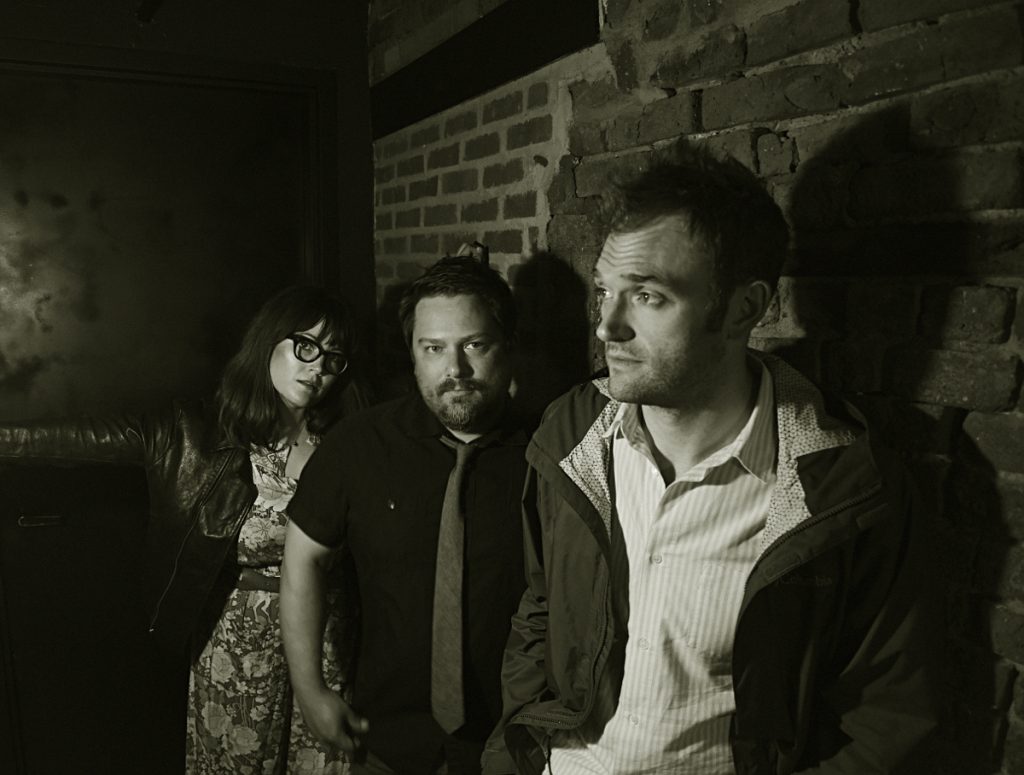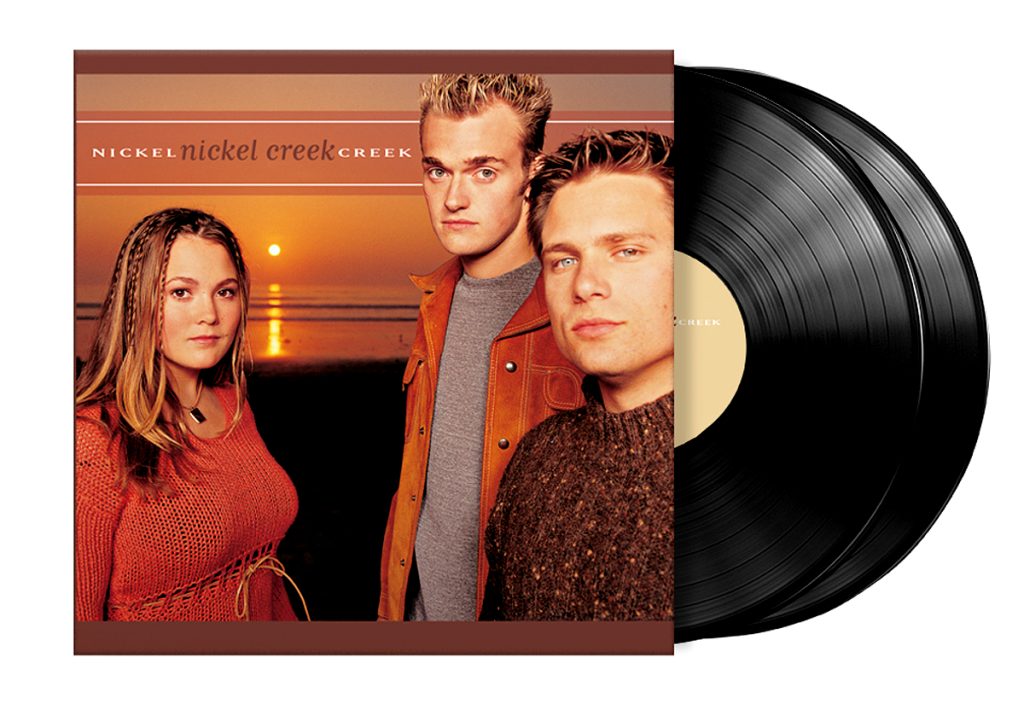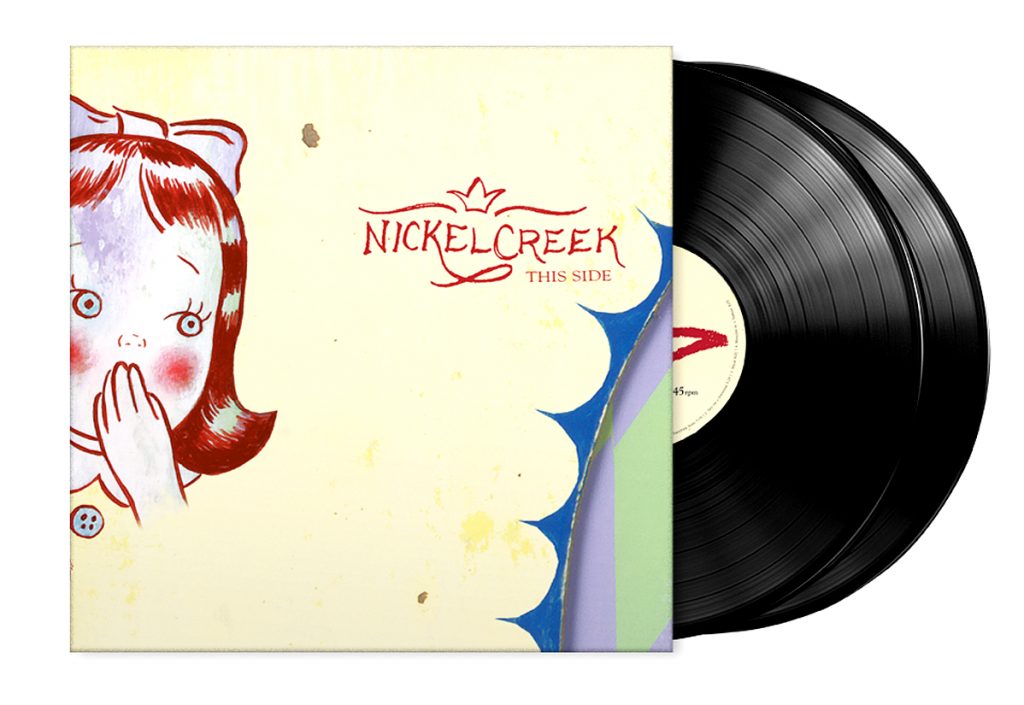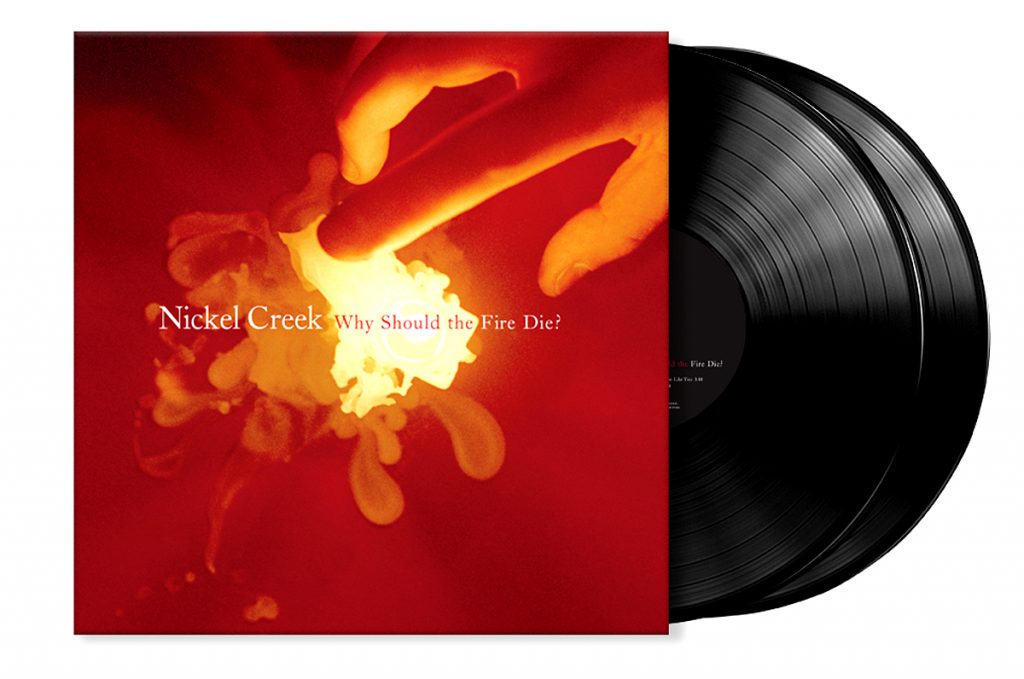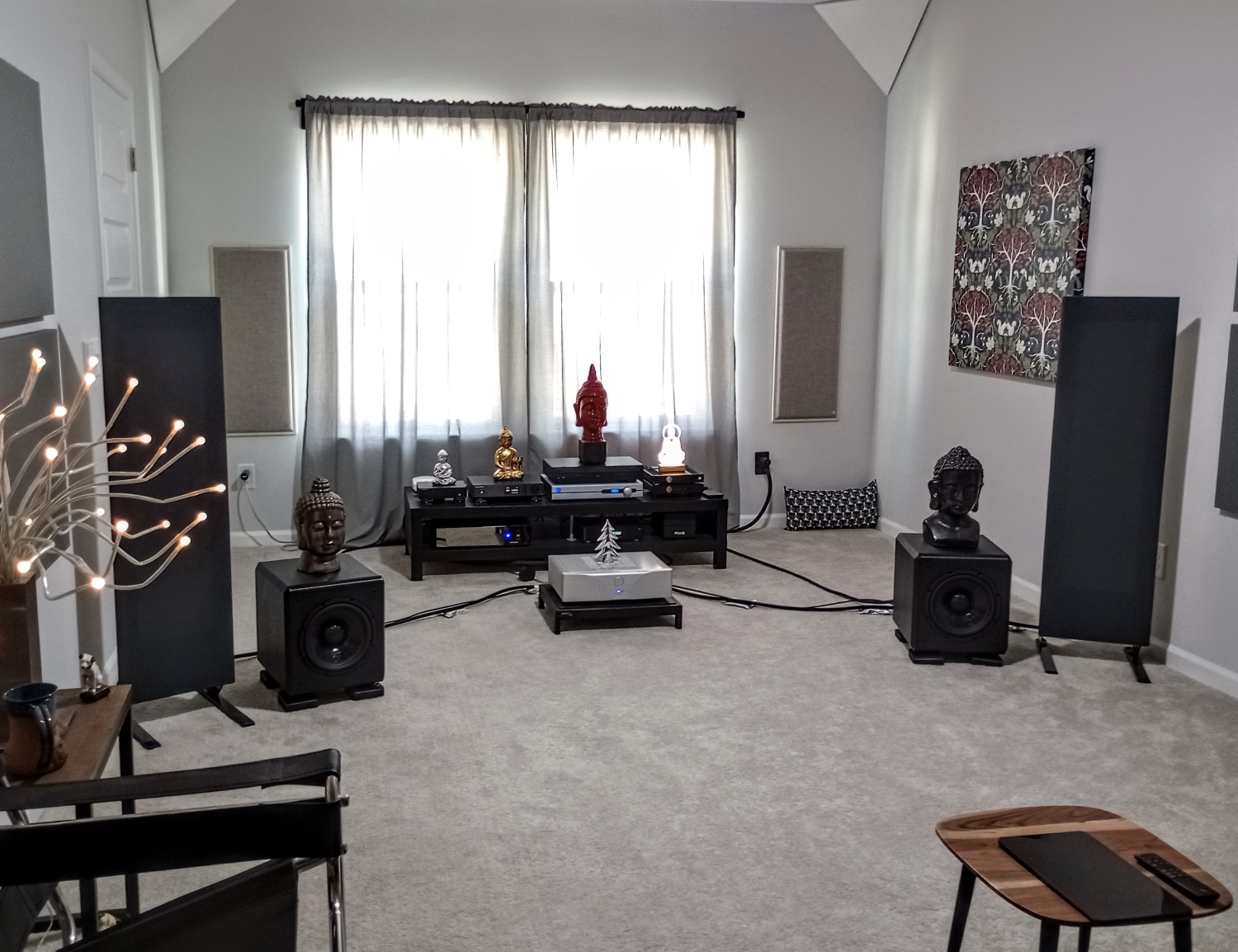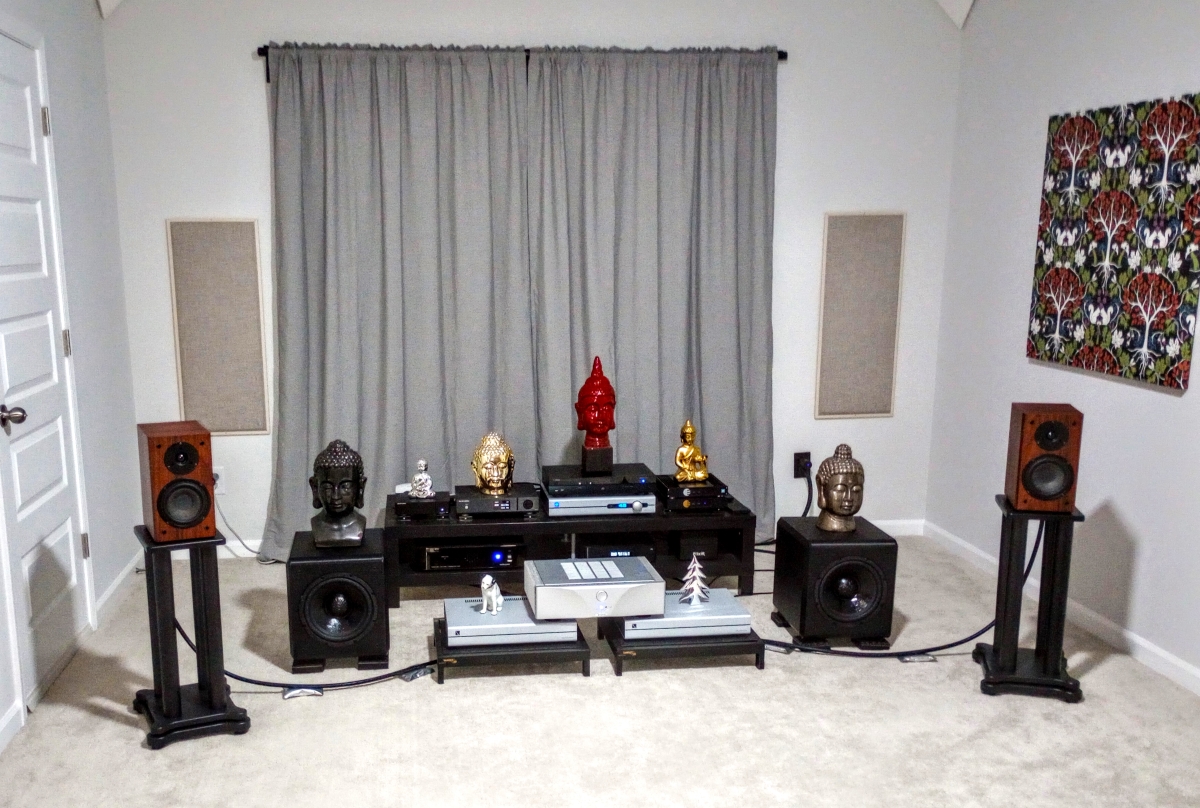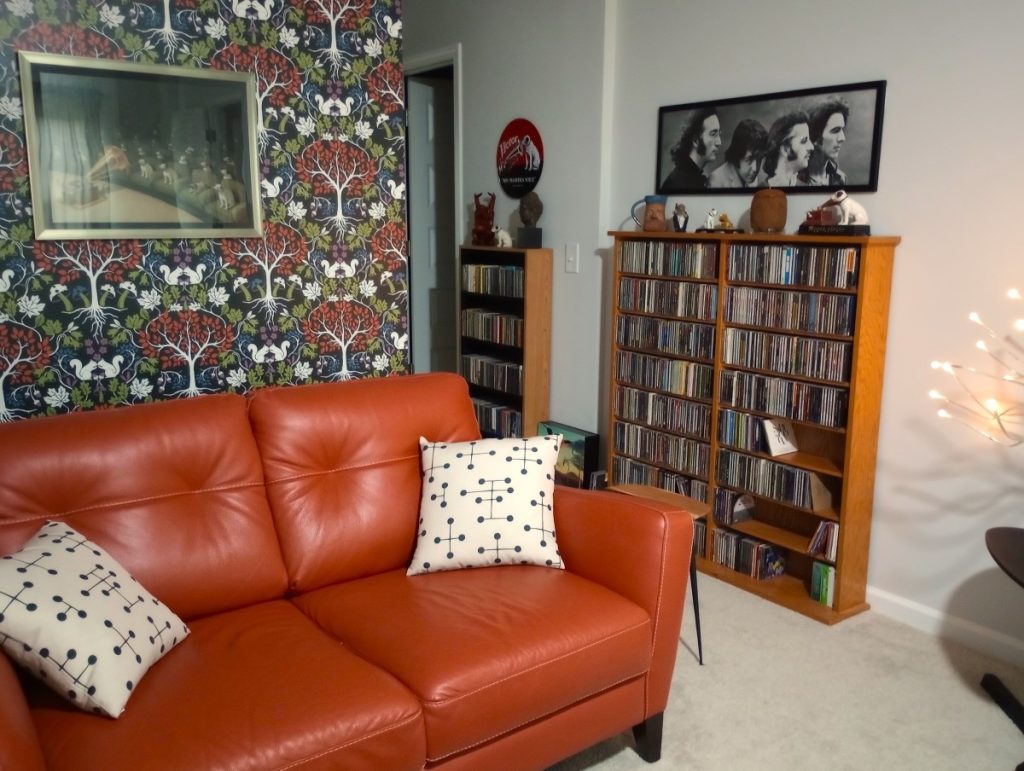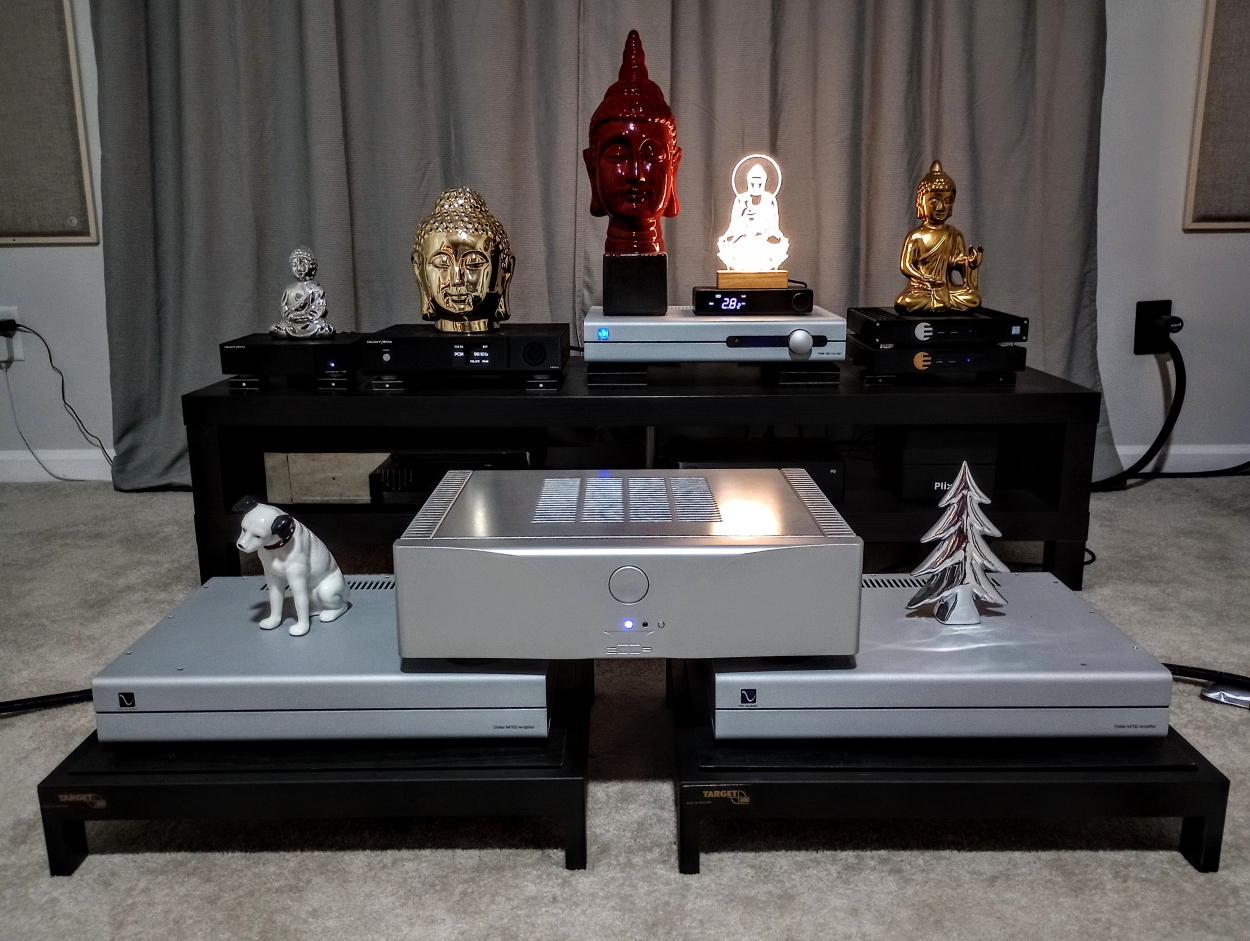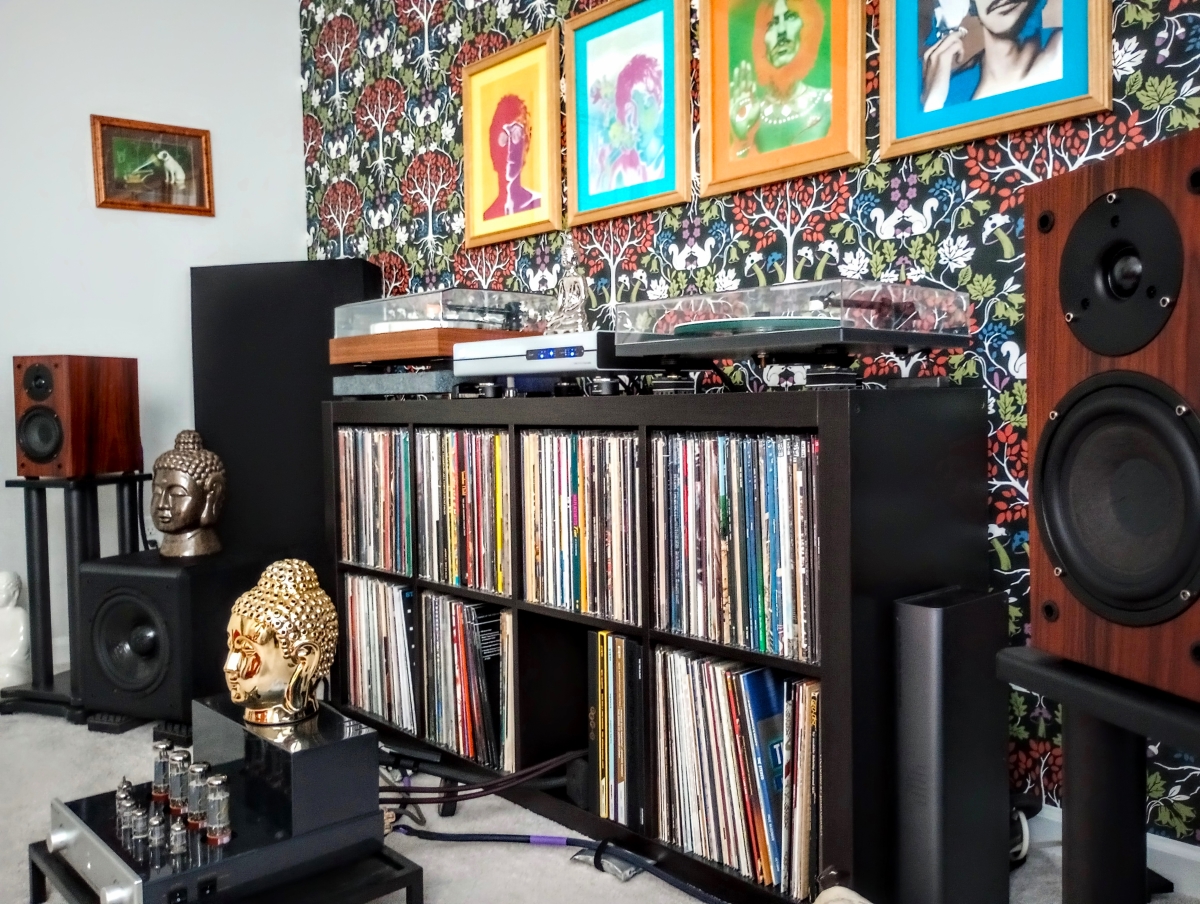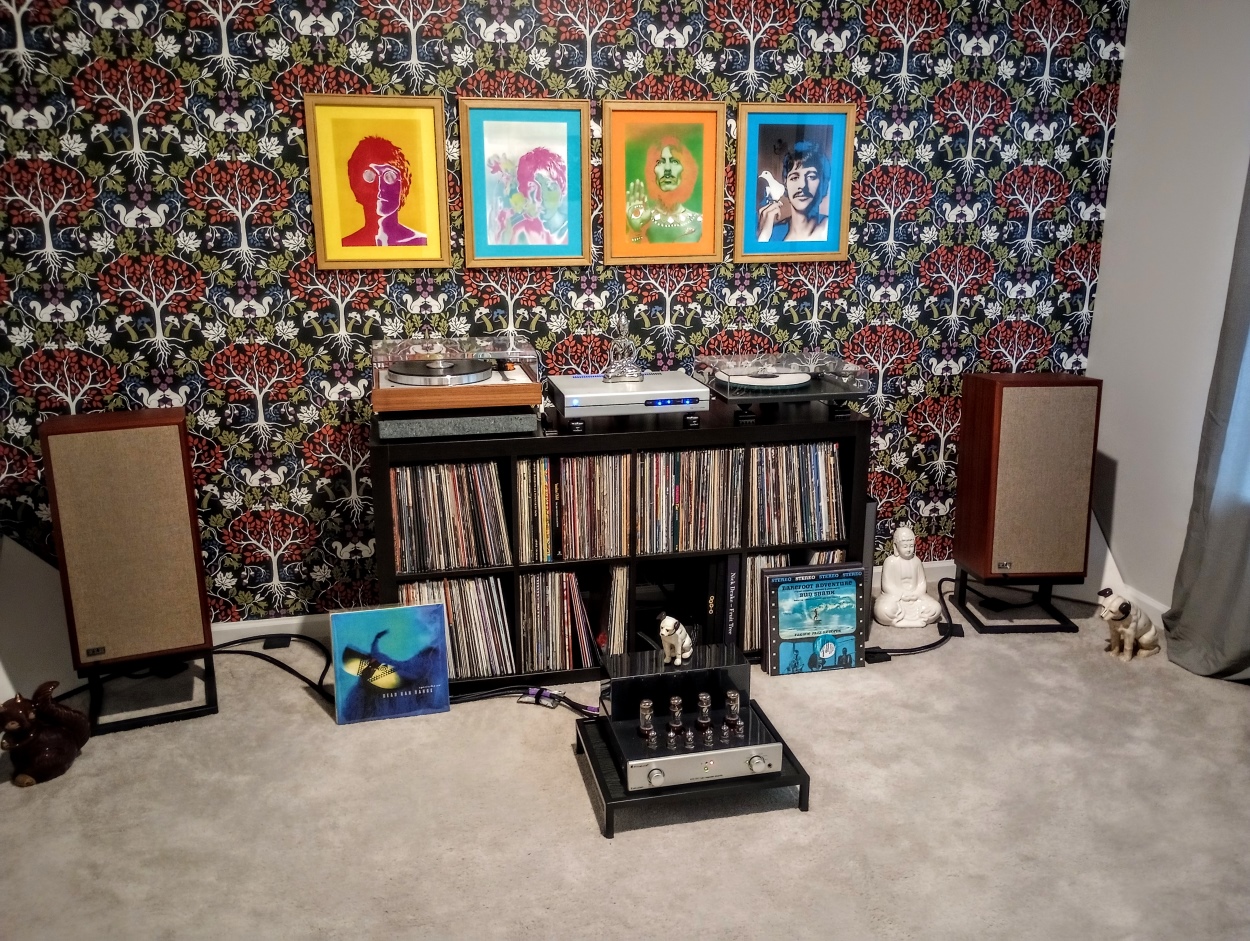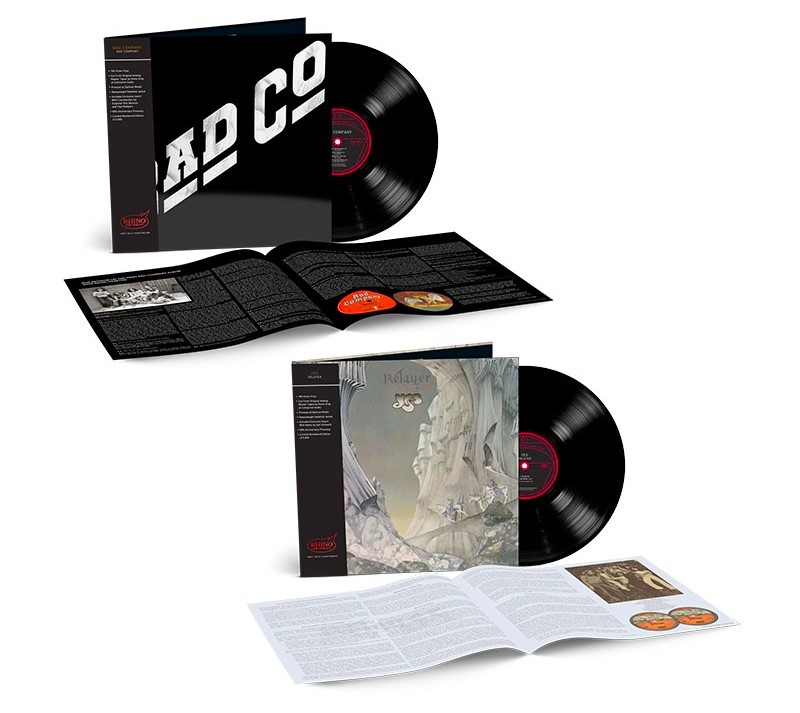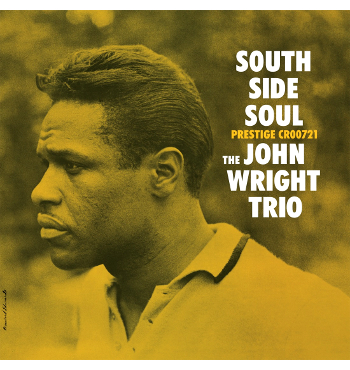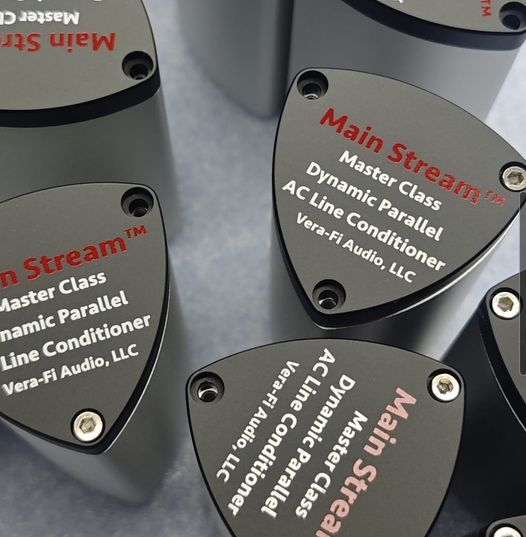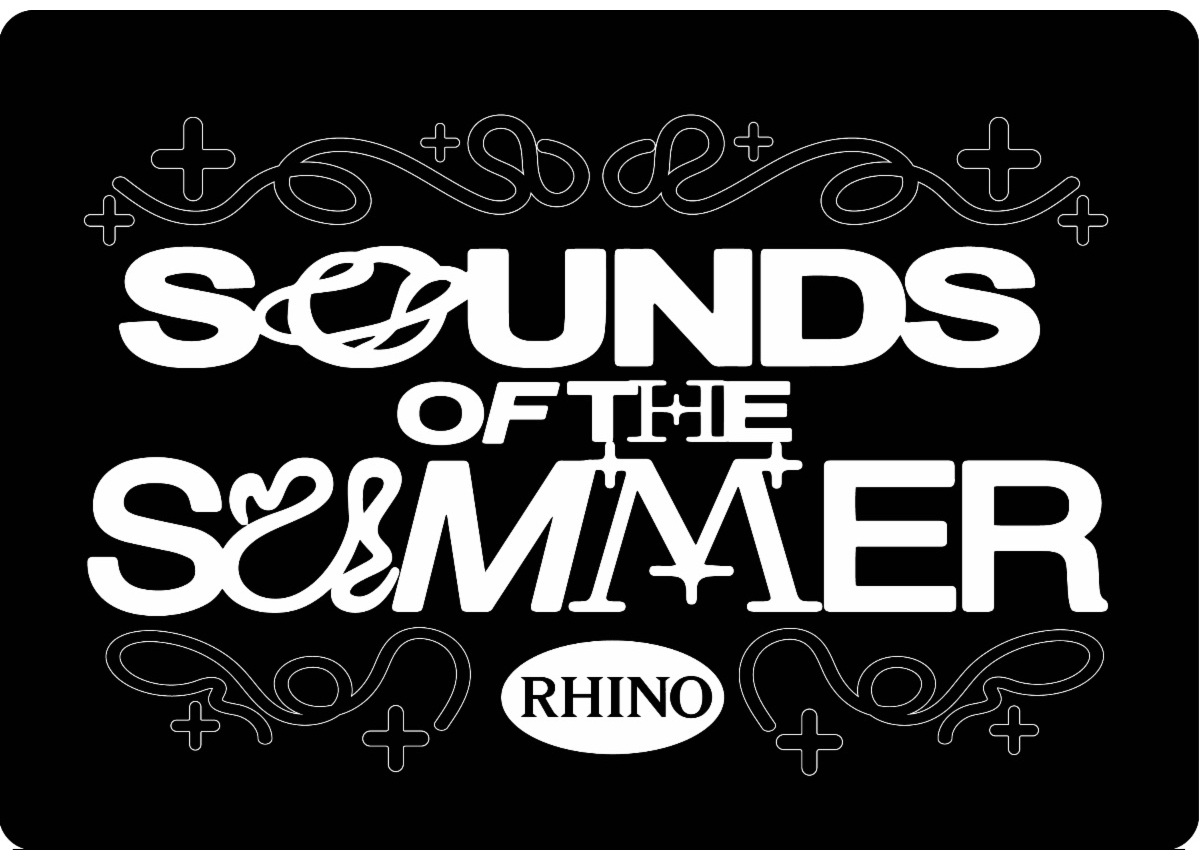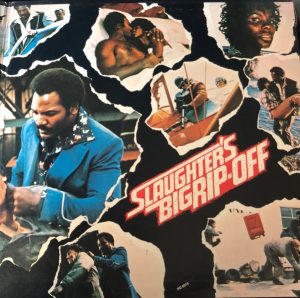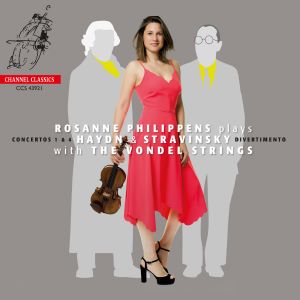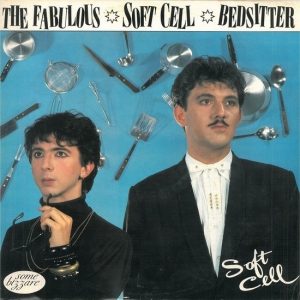Nickel Creek formed in 1989, at a point when all three members were under the age of thirteen. They actually went by the moniker "The Nickel Creek Band" for a few years before eventually deciding to drop "The Band" to present themselves with a more modern and concise identity. Consisting of mandolin player and vocalist Chris Thile, fiddle player and vocalist Sara Watkins, and her brother, guitarist and vocalist Sean Watkins, the individual players also double on a variety of other instruments to flesh out the group's sound—they're a pretty talented bunch! Originally, Sean Watkins played mandolin and Chris Thile played guitar, but early on, they switched instruments, which was a pretty fortuitous move, especially for Thile. He's gone on to become one of the premier mandolin players of the current generation.
The group's name came from the title of a song from Sara Watkins' fiddle teacher, the legendary Byron Berline, who made a name for himself in the seventies first with Dillard & Clark, later joining the Flying Burrito Brothers, and then touring with Stephen Stills' Manassas near the end of the decade. The band sound, with origins in more traditional bluegrass, has transitioned to more of a progressive bluegrass/newgrass/alt-grass/Americana sound, with their last couple of albums expanding their reach into a melange of more traditional styles imbued with a range of pop/rock influences.
Early on, Nickel Creek played a lot of bluegrass festivals throughout the late eighties and nineties, with Chris Thile's father Scott accompanying the group on string bass. Acquiring quite the following, they soon came to the attention of bluegrass superstar Alison Krauss, who produced their first two major label albums for Durham, North Carolina-based Sugar Hill Records, 2000's Nickel Creek, which was followed in 2002 by This Side. The group suddenly found themselves squarely in the mainstream, and toured extensively over the next few years, opening for the likes of Lyle Lovett, Dolly Parton, Gillian Welch, and John Mayer. The 2005 release of Why Should The Fire Die? found the group working with a new producer, Eric Valentine (Good Charlotte, Queens of the Stone Age, Third Eye Blind), giving them a harder-edged sound that resulted in an even greater surge in Nickel Creek's popularity. The band soon found themselves playing major festivals like Bonnaroo, SXSW, and Lollapalooza, and were even featured on an episode of the venerable Austin City Limits on PBS.
Despite their greatly increased profile and popularity, Chris Thile was gaining a ton of recognition outside the group for his deft playing skills and myriad of side projects. Nickel Creek went on indefinite hiatus in 2006 following a hugely successful "Farewell (For Now)" tour, which featured a myriad of guest artists and played to sold-out shows nationwide. Since, Chris Thile has recorded solo albums, two albums with his group the Punch Brothers, and a number of albums as part of his involvement with classical artists Edgar Meyer and Yo Yo Ma—most notably, the Goat Rodeo Sessions album. In 2012 he received a McArthur Fellowship, which was accompanied with a $500,000 "Genius Grant," and in 2016 became the replacement for recently retired host Garrison Keillor's Prairie Home Companion.
Sara Watkins has recorded three solo albums of her own, and has performed on countless studio sessions for a multitude of artists spanning all genres. In 2011 she became a de facto member of the alternative group The Decemberists during their The King Is Dead tour, filling in as vocalist and multi-instrumentalist for founding member Jenny Conlee, who was undergoing treatments for cancer at the time. Sara is also part of the side project I'm With Her, which features Sara Jarosz and Aoife O'Donovan, and she and brother Sean have hosted an ongoing show called The Watkins Family Hour since 2015 at the Los Angeles Largo nightclub. Sean Watkins, in addition to his ongoing work with sister Sara, is a constant figure on the LA music scene, and has been involved in a variety of side projects since Nickel Creek's hiatus.
Nickel Creek regrouped and released a new album in 2014, A Dotted Line, again with Eric Valentine at the helm. The record sold very well, with a sold-out national tour that also ensued. However, each of the individual members has continued to pursue their own agendas, and Nickel Creek has basically returned to hiatus status, only occasionally performing together since 2015.
Nickel Creek wasn't on my barometer at all around the time of release of the eponymous album that pretty much put them on the map. My daughter Julie was a teenager at the time, and on a particular occasion, was in my car with her good friend Morgan and her sister Shelley as I chauffeured them one weekend to some distant destination. Morgan had a new CD, and asked if I'd put it on for them; it was, of course, Nickel Creek, and I was particularly taken by the shockingly entertaining instrumental playing, and especially with Sara Watkins' lilting and beautiful vocals. It registered quite the impression, and first thing Monday morning, I reached out to Sugar Hill Records to get a review copy which arrived pronto; they eventually ended up sending me both Nickel Creek and This Side in the new SACD format a couple of years later.
Nickel Creek
The group's first major label album, 2000's Nickel Creek, found Alison Krauss in the production chair. Sara Watkins has credited her with helping the band find their voices, especially with major improvements to the group's vocal style, which was more than a touch "rustic" during the early days. The album featured a mixture of group originals, group arrangements of traditional folk and bluegrass tunes, and a handful of covers from contemporary artists. The already eclectic jumble of tunes features a mix of vocal settings along with barn-burning (and sometimes hair-raising!) instrumentals. The record, while highlighting their traditional bluegrass roots, is also a fully-formed mission statement by the band, and is a self-assured distillation of years of touring and a newfound self confidence in their studio time with Alison Krauss. While only reaching No. 125 on the Billboard Charts, it actually charted much higher on the Independent Album and Heatseeker charts, placing No. 2 on each of those. Nickel Creek eventually went Platinum, selling over a million copies. The album's release came within months of the phenomenon that was O Brother Where Art Thou, and the rekindled interest in folk, roots, and Americana music engendered by its success helped to propel the folky originality of Nickel Creek to greater heights (and greater sales numbers) than it might have otherwise managed on its own.
Sean Watkins and Chris Thile were the principal songwriters on the originals, which prominently featured very traditional styled instrumentals like Chris Thile's "Ode To A Butterfly" and "House of Tom Bombadil," to Sean Watkins' "Robin and Marian" and "Pastures New," all of which could have easily come from the canon of classic traditional Appalachian folk and bluegrass music. Sean Watkins' lyrical songs ("Reasons Why," "The Hand Song") are sung by sister Sara, whose languid and liquid vocals are definitely among the album's highlights. And Sara takes another inspired vocal turn on Sinead Lohan's beautiful "Out Of The Woods," which also features superb harmony vocals by both Sean Watkins and Chris Thile. Chris Thile's song turns include "The Lighthouse's Tale," which could easily have sprung from 1700's folk traditional American music, and "Sweet Afton," which features a more modern reworking of Robert Burns classic Scottish poem. "When You Come Back Down" was the first single released from Nickel Creek, and features a great Thile vocal along with some nifty mandolin work, as well as the now-trademark harmony vocals of the trio. All in all, Nickel Creek has held up well to repeat listens over the years, and has been praised by critics as a classic, textbook example of well-played Americana music.
This Side
Also produced by Alison Krauss, This Side greatly increased the band's national profile, and garnered a Grammy Award for Best Contemporary Folk Album. While the album charted higher than its predecessor at No. 18 on the Billboard Album charts, and No. 1 on the Indie charts, the O Brother wave had begun to die down, and This Side only reached Gold album status versus the previous release's Platinum sales numbers. Although it followed much of the successful formula for Nickel Creek, This Side also featured elements not present on the previous release—like string arrangements on some of the songs, along with a greater diversity of instrumentation—as well as darker, more pop-oriented song structures.
This Side featured a stronger mix of group originals than its predecessor, with fewer instrumentals, and fewer songs that were either traditional or mimicked traditional styles. The album was intended to help establish a stronger group identity than that portrayed by the previous release, and in that respect, it was a complete success. There was still much of the same mix of vocals, with Sara Watkins' sultry/sweet voice sharing lead vocals with brother Sean on "Speak," and also taking the lead vocal on Sean's "Seven Wonders." Sara also takes the vocal lead on the cover of Carrie Newcomer's "I Should Have Known Better," as well as on Chris Thile's "Beauty And the Mess," but her vocal turn on Andy Irvine's plaintive "Sabra Girl" is definitely one of the album's many highlights.
Chris Thile takes the vocal lead on the album's only strict classically traditional tune, "House Carpenter," where he also supplies some very deft mandolin work. He also pens the album's only instrumental, the progressively-charged "Smoothie Song," and follows its momentum with a great vocal turn on the band's cover of the Pavement tune "Spit On A Stranger." Thile also serves up the originals "Green and Gray," "Young"—which is one of the most upbeat songs on the entire album—and also contributes the closing track, the poignant "Brand New Sidewalk." And Sean Watkins also contributes lead vocals on the title track, "This Side." While not achieving the monster success of Nickel Creek, This Side was nonetheless a remarkable achievement for the band, and a strong step towards establishing their mature identity.
Why Should The Fire Die?
Nickel Creek's journey into the nether continued with 2005's Why Should The Fire Die?, where long-time producer Alison Krauss was jettisoned in favor of Eric Valentine, who was mostly known for his indie rock leanings with production efforts for the likes of Queens of the Stone Age and Good Charlotte, taking the band in an entirely new direction. Well, not entirely new, but definitely in a direction with a much harder edge. The album was well received, bettering the chart performance of This Side, charting as high as No. 17 on the Billboard Album charts and again reaching No. 1 on the Billboard Indie charts. Despite the chart success—and significant critical praise—the album wasn't as commercially successful as the two previous efforts. The album was recorded entirely in analog, using vintage Telefunken microphones; even the reel tape delay effect on the fiddle on "First and Last Waltz" was all analog.
The band recorded over thirty songs, but eventually whittled them down to fourteen songs for the final album release. The album's first and only single was "When In Rome," which has been described as a rock and roll version of an Appalachian folk tune. The album contains three instrumentals; "Scotch and Chocolate," is one of the album's definite highlights, and was Grammy nominated for Best Country Instrumental Performance; the second, "Stumptown," is a mandolin-fueled rave-up inspired by Chris Thile's favorite coffee house, Stumptown Coffee Roasters. The third, the aforementioned "First and Last Waltz" has that nifty analog effect on the fiddle track, and is one of the most interesting and enjoyable tracks on the entire album. Sadly, there are only three lead vocal turns taken by Sara Watkins—which are usually album highlights for me; Sara's opening song is a contemplative take on Chris Thile's ballad "Can't Complain." There's also the only Nickel Creek song that appears on any group album that's credited to Sara, the ukulele sing-along, "Anthony." It's an interesting little ditty, but doesn't really compare to the relatively high standard of the work she's done on previous albums. And "Best of Luck" is maybe the rockingest song on the entire album, and features what is perhaps Sara's fiercest Nickel Creek vocal ever.
Sean Watkins takes the forefront with "Somebody More Like You," which is a cleverly-worded breakup song. The only cover tune on the entire album is Bob Dylan's "Tomorrow Is A Long Time"—Why Should The Fire Die? is essentially the Chris Thile show, with him having written or co-written eleven of the album's fourteen songs. It's definitely a group effort, but there isn't the kind of "share the wealth" of diversity found on Nickel Creek and This Side.
Craft Recordings 45 RPM LPs
These new releases feature the very first time any of them has been made available in the LP format, and I was particularly stoked to discover that they were also being issued as 45 RPM discs. The big advantage to 45 RPM LPs is that with the enlarged groove geometry of the 45, there's a much better tonal presentation across the entire frequency spectrum. The larger surface area of the 45 allows for much less compression of the signal applied to the groove by the lathe's cutting head, resulting not only in an increase in overall frequency response, but also in a significant improvement of the LP's ability to handle transients of greater amplitude. Of course, the complainers out there would bitch about the 45's typical per-side play time reduction from 20-to-25 minutes to more like 10-to-15 minutes, resulting in the listener needing to get out of his chair to flip or change the album sides more frequently. In strictly audiophile terms, I see it as a good trade-off, and I frankly need to get up and out of my chair as often as possible!
The new LPs are being offered in two release versions; they're available as standard, black-vinyl 180 gram 2-LP sets from Craft Recordings, and they're also available as limited-edition, colored-vinyl 180-gram 2-LP sets—which were originally listed as being only available on the Nickel Creek website. The colored-vinyl editions are strictly limited to 500 copies, and I can't seem to find any order information for them, so chances are they may already be sold out via the web, but may still be found at your local indie record shop.
My complement of review copies included the translucent, opal colored-vinyl LPs for Nickel Creek, standard black-vinyl LPs for This Side, and the translucent, gold-and-red marbled colored-vinyl LPs for Why Should The Fire Die? As far as I can tell, the LPs—including the colored variants—were all pressed by MPO in France, and on very high quality vinyl. The LP jackets are tip-on style on heavy-weight paper stock, and the album artwork features exceptionally high resolution images. And the colored-vinyl LPs are absolutely gorgeous! And just when you think it couldn't get any better, the inner sleeves with all the Nickel Creek LPs featured MoFi-style rice paper that were custom-imprinted with Craft Recordings logos. Let's hope this is a trend that continues with all Craft releases from here on! Everything arrived in perfectly pristine condition, and these are truly top-shelf LP packages—especially the colored-vinyl versions.
Listening
The LPs were all perfectly flat, which is an increasing rarity with LPs these days; I think the problem with record warpage is often due to the kind of shrink wrap-of-death that so often seems to get applied to new LPs and reissues. The plastic overwrap is so heavy and tight, and shrink wrap tends to continue to shrink—at least initially—after being applied; most LPs don't stand a chance. I just reviewed four LPs from another vendor, where the LPs were wrapped so tightly, I almost had to use a meat cleaver to remove the overwrap, and all four were warped to an extent. Fortunately, that wasn't the case here; the pressings were flat, and essentially noiseless, and in no small amount, that's due to the use of the rice-paper sleeves. There was a very small initial static charge on all the LPs, but after the first play, they all played with virtually zero surface noise afterwards.
The sound quality of the LPs was just short of absolutely superb throughout the entire experience. My listening was done through my usual analog front end, which features a ProJect Classic turntable fitted with a Hana SL moving coil cartridge, with the signal fed into a Musical Surroundings Phonomena II+ phono preamp that's powered by a Michael Yee linear power supply. That signal is then fed into my PrimaLuna EVO 300, EL-34 based tube integrated power amplifier; its signal gets output via my Zu Audio Omen loudspeakers. For these albums, I chose the tube amp's ultralinear setting, which I felt offered a bit more midrange presence that totally benefited all three.
The real shock here was how consistently excellent the sound was between the three versions. I'd seen the advance information on the releases, and it appears that when they were recently remastered for high-resolution streaming and the LP pressings, digital sources were chosen to master the Nickel Creek and This Side releases. But that Why Should The Fire Die? would be mastered as an all-analog, AAA LP pressing. That bodes very well for the latter, but perhaps not so great for the first two albums—maybe they were originally digital recordings? Anyway, all three LPs sounded remarkably great, and there was nothing in the sound that alluded to the first two being from a digital source, and the AAA pressing didn't outclass the other two, as I might have expected. They all sounded pretty much like...perfection!
I also took a listen to the high resolution digital files via Qobuz, and while the sound wasn't significantly different—if at all different from the LPs—I did note one curiosity. Nickel Creek was released as a 24-bit/48kHz file on Qobuz, while This Side was 24/96, and Why Should The Fire Die? was released as 24/192. That even signals more to me that the first two releases must have been originally recorded digitally, but who really knows? Nothing I could spot in the album notes would indicate that.
The bottom line—these are three outstanding releases, and if you are at all a fan, I'd definitely suggest trying to get my hands on the colored-vinyl versions, which are absolutely beautiful examples of the LP art form and destined to become collector's items. The high-resolution digital files on Qobuz are also excellent; these new releases from Craft Recordings are very highly recommended!
Nickel Creek: Nickel Creek. 180 gram 2-LP, 45 RPM set: $34.99 MSRP. This Side. 180 gram 2-LP, 45 RPM set: $34.99 MSRP. Why Should The Fire Die? 180 gram 2-LP, 45 RPM set: $34.99 MSRP.
Available from Craft Recordings.
All photos provided by Craft Recordings and Nickel Creek




